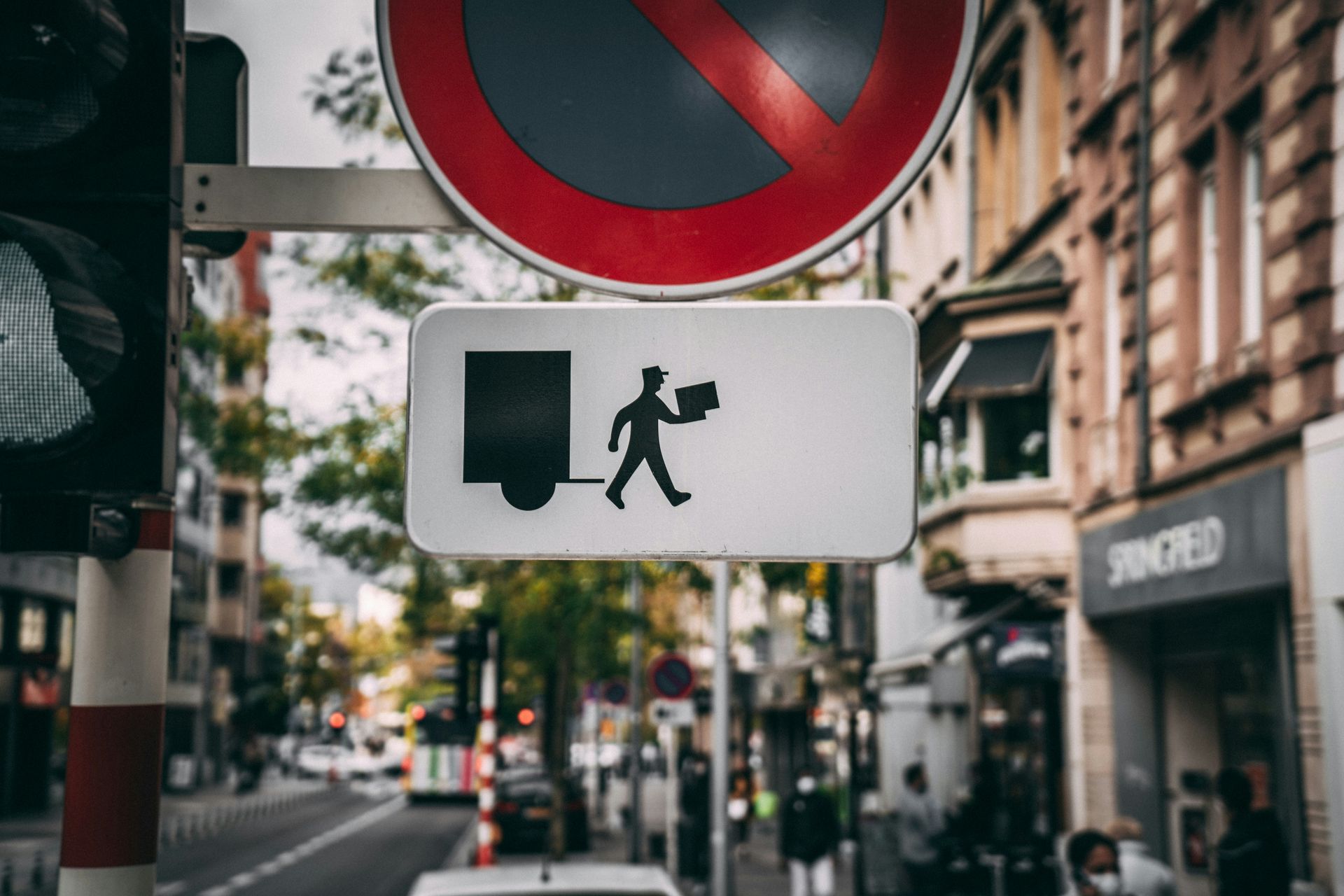Common Packaging Design Mistakes that Increase Logistics Costs
Baraka • September 6, 2024
Common Packaging Design Mistakes that Increase Logistics Costs
Introduction
Have you ever received a package that seemed to have gone through a battle before reaching your hands? The experience of opening a product can be ruined by poor packaging design. But beyond the customer's disappointment, packaging mistakes can significantly increase a company's logistics costs. In this article, we'll explore the most common errors in packaging design that can affect your costs and how to avoid them.
The Importance of Packaging in Logistics
Packaging not only protects the product; it also plays a crucial role in logistics. Well-designed packaging can facilitate the storage, transportation, and handling of products. On the other hand, poor design can lead to damage, returns, and ultimately, a bad brand reputation. So, if you want your business to run smoothly, pay attention to how you package your products!
Common Packaging Design Mistakes
Incorrect Material Selection
One of the most common mistakes is selecting materials that are not suitable for the product. Sometimes, companies opt for cheaper materials to save costs, but this can result in damage during transport. For example, a fragile product needs a robust package, while a lightweight product may require a lighter material.
Inadequate Packaging Size
Using a package that is too large or too small can cause problems. A large package can lead to excessive material usage and increase shipping costs. On the other hand, a small package may not provide the necessary protection, which can result in damage and returns.
Lack of Proper Protection
Not using enough protective material is another critical error. If the package does not adequately protect the product, it can be damaged during transport. This not only generates additional costs due to returns but also affects customer satisfaction.
Poor Labeling
Inadequate labeling can cause confusion in the supply chain. Illegible or poorly placed labels can lead to delivery errors, increasing logistics costs. Ensure that labels are clear and well-placed to avoid issues.

Impractical Design
A package that is not easy to open or does not adapt well to transportation methods can cause delays and complications. Customers value ease of use, so an impractical design can affect the customer experience and, consequently, sales.
Disregarding the Supply Chain
Often, companies do not consider how the package will affect the entire supply chain. A package that does not stack well or is difficult to handle can complicate the logistics process, increasing operating costs.
Underestimating Environmental Impact
Nowadays, consumers are more environmentally conscious. Using non-recyclable or unsustainable materials can affect brand perception and, in the long run, generate additional costs if a change in packaging is required.
Consequences of Packaging Mistakes
Errors in packaging design not only affect logistics costs but can also impact customer satisfaction and brand reputation. Some of the negative effects include:Increased shipping costs: Inadequate packaging can result in additional fees for weight or size.
- Returns and replacements: Damaged or mislabeled products can lead to returns, generating additional costs.
- Customer dissatisfaction: Poor packaging can affect the customer experience, which can lead to decreased loyalty and recommendations.
Best Practices for Efficient Packaging Design
Research and Select Appropriate Materials
Before deciding on packaging materials, research the available options. Consider factors such as strength, cost, and sustainability. Don't skimp on this aspect, as good material can save costs in the long run.
Optimize Packaging Size
Ensure that the package fits the product perfectly. Use measuring tools to determine the right size and avoid excessive use of space. This will not only reduce costs but also improve the customer experience.
Implement Clear and Effective Labeling
Ensure that labels are legible and contain all necessary information. Use quality label printers and make sure the information is up-to-date. Good labeling can prevent many problems in the supply chain.
Prioritize Functionality in Design
The packaging design should be functional and attractive. Ensure that the package is easy to open and adequately protects the product. A well-thought-out design can improve the customer experience and reduce costs.
Incorporate Sustainability in Packaging
Consider using recyclable or biodegradable materials. Not only is it beneficial for the environment, but it can also improve your brand image and attract sustainability-conscious consumers.
Tools to Improve Packaging Design
There are various tools that can help you improve packaging design, such as:Design software: Tools like Adobe Illustrator or ArtiosCAD can facilitate the creation of attractive and functional designs.
Packaging tests: Conduct strength and functionality tests to ensure the package meets necessary standards.
Case Studies: Companies that Improved Logistics Costs
Analyzing how other companies have addressed packaging design errors can offer valuable lessons. For example, an e-commerce company that reviewed its packaging and opted for lighter and more robust materials managed to reduce its shipping costs by 20%. These types of changes not only improve efficiency but can also increase customer satisfaction.
Conclusion
Packaging design is a critical aspect that can significantly affect a company's logistics costs. By avoiding common mistakes and following best practices, you can optimize your operations and improve the customer experience. Remember that good packaging not only protects the product but can also be a powerful marketing tool. So, the next time you think about your product's packaging, remember: less is more!
What are the most common mistakes in packaging design?
The most common mistakes include incorrect material selection, inadequate packaging size, lack of proper protection, poor labeling, and impractical design.
How does poor packaging design affect logistics costs?
Poor design can increase shipping costs, generate returns, and affect customer satisfaction, resulting in economic losses.
What materials are recommended for good packaging?
Materials should be durable, suitable for the type of product, and, if possible, sustainable. Examples include corrugated cardboard, recyclable plastic, and kraft paper.
Why is labeling important in packaging?
Clear and effective labeling prevents confusion in the supply chain and ensures products reach their correct destination, reducing costs associated with errors.
How can I improve my packaging design?
You can improve the design by researching appropriate materials, optimizing packaging size, implementing clear labeling, and prioritizing functionality and sustainability in the design.



